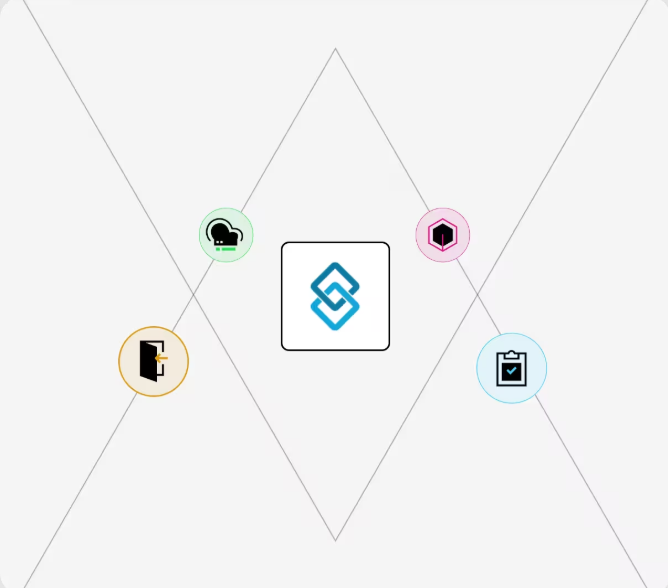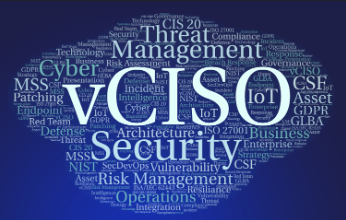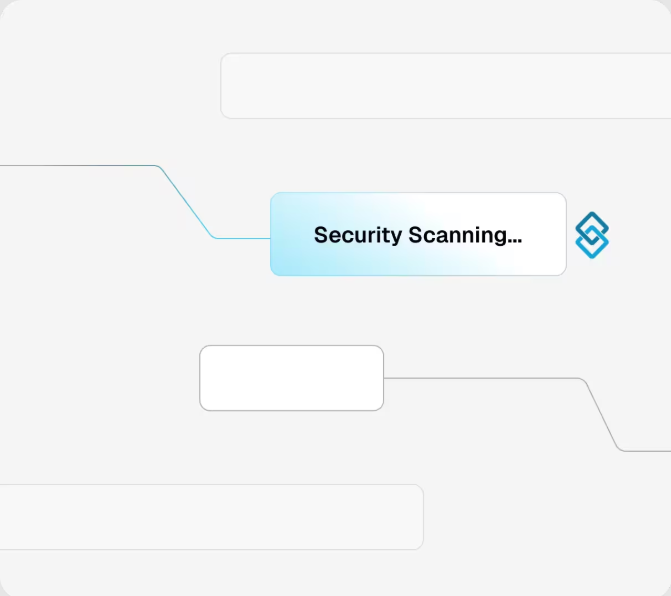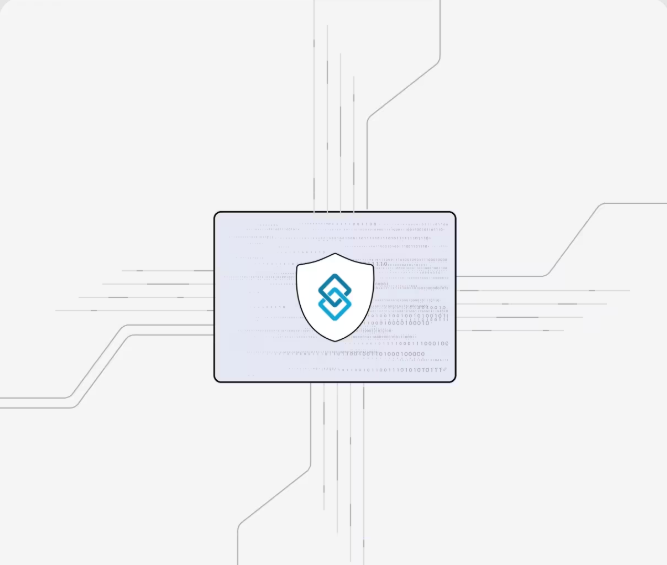Managed IT Services vs. In-House IT: Which Is Right for You?
Managed IT services offer cost savings, 24/7 support, and access to specialists, making them ideal for businesses looking to scale quickly without hiring a full tech team. In contrast, in-house IT teams provide more control, faster on-site response, and tailored solutions, but often come with higher costs and hiring challenges. Choosing between the two depends on your business size, goals, and technical needs—with some companies benefiting most from a hybrid approach.

Managed IT services are when you hand over your business’s technology needs to a third-party provider. On the other hand, an in-house IT team means you hire and manage your staff to take care of everything tech-related within your organization. The key difference? It’s about control and expertise. With managed IT, you get outside pros and non-stop support, usually at a lower cost. In-house teams give you direct access, more customization, and closer alignment with company culture. The benefits vary for both approaches.
What are the Advantages of Managed IT Services?
Cost-effective
Bringing in a managed IT team typically costs less than building an internal department. You skip overhead like salaries and benefits but still get dependable, high-quality service.
24/7 support
Round-the-clock support is a major perk. Most MSPs watch your systems day and night, ideal if your team works late, across time zones, or supports global customers.
Access to specialists
With managed services, you tap into a pool of experts who handle everything from cloud migrations to regulatory compliance. You get the skillsets without needing to hire five different people.
Scalable solutions
Is business growing fast? MSPs scale with you. Whether you're expanding or dialing things back, your IT setup adjusts without needing to hire or lay off staff.
Latest technology
MSPs keep their systems sharp. You benefit from cutting-edge tools, faster software, and newer security protocols, all without managing upgrades yourself.
Less direct control
Handing things off means you might lose some say in how your tech is run. Your provider might not fully get your processes, which can cause minor delays or misalignments.
Potential delays
If you run into hardware issues or need someone physically on-site, MSPs may take longer to respond. That can be tough when downtime costs you money.
Limited customization
Some MSPs use standard packages. If you have specialized tools or processes, you may need extra setup or settle for a workaround.
Dependency on the provider
You rely on your MSP to keep things running. If they fall short or have internal issues, your business could feel the impact.
Security concerns
Even with good practices, giving someone outside your company access to your systems carries some risk. Always vet providers and ensure they follow strict protocols.
Verdict: Businesses that want to scale quickly without building a full tech department from scratch will find managed IT services a cost-effective and expert-driven option.
What are the Benefits of an In-House IT Team?
Full control
When your IT team is part of your company, you have direct oversight. You can assign tasks, shift priorities, and ensure their work stays aligned with your goals.
Faster on-site response
Having someone physically in the office means hardware issues or network hiccups get fixed faster, with no waiting for a tech to arrive.
Tailored solutions
Internal teams know how your business operates. They can shape systems around your workflows and troubleshoot based on firsthand experience.
Cultural alignment
Because they’re part of the company, in-house teams tend to understand your values and team dynamics. That makes collaboration more natural.
Real-time communication
Quick hallway chats or last-minute meeting invites mean faster decisions and better coordination with other departments.
Higher costs
Salaries, benefits, software licenses, and training all add up. In-house teams can be pricey, especially for small businesses.
Hiring challenges
Finding the right IT talent is tough. Skilled professionals are in demand, and hiring can take time, not to mention keeping them around long-term.
Limited expertise
One or two IT staffers might not cover every need. If they’re generalists, they could struggle with advanced issues like compliance or system integrations.
Scalability issues
When your business grows, your IT needs grow too. Hiring quickly enough to keep up can be tricky and may lead to gaps.
Technology lag
Internal teams often spend their time fixing problems, which leaves less time for innovation, training, or staying on top of the latest tools.
Verdict: An in-house team gives you close contact and control, but it takes more time, effort, and money to build and manage effectively.
What Services are Best for Your Business?
Your decision should reflect how your company works. If you’re scaling fast, managing remote teams, or need enterprise-grade security, managed IT gives you the resources without the headcount.
But if your operations are hands-on or heavily tied to custom workflows, an in-house team may serve you better. You’ll get more tailored solutions and face-to-face support, great for businesses with complex tech setups.
How to Choose Between Managed IT Services and an In-House IT Team?
Think about your goals. Do you want speed, flexibility, and reduced costs? Managed IT shines there. Need immediate on-site help or complex system builds? That’s where in-house IT excels.
Many businesses blend the two, outsourcing day-to-day tasks while keeping strategic roles in-house. It’s all about finding what supports your growth without draining your resources.
Why Trust Sentant to Help You Find the Right Service for Your Needs?
Sentant helps companies across industries get their tech strategy right. Whether you’re building your first IT plan or rethinking how your current setup works, we’ve got the tools and experience to guide you.
Their team focuses on compliance, cloud systems, and scalable solutions. More importantly, we communicate in ways that make sense, Slack messages, clear project scopes, and fast response times.
Recognized on the Inc. 5000 list, Sentant brings credibility, transparency, and a people-first approach. We don’t just fix issues, we help you build IT that fits your business.
Frequently Asked Questions
What are the benefits of internal IT?
You get direct control, faster on-site fixes, and a tech team that understands your business inside and out. It works well for companies with complex systems or high customization needs.
Are managed service providers worth IT?
Yes, for a lot of companies. They give you expert support, better tools, and reliable service at a flat monthly rate. Great for scaling businesses.
How much do managed IT services cost?
Most companies spend between $100–$250 per user monthly. Costs vary depending on team size, tools needed, and whether you need extras like cybersecurity or compliance support.
What are the benefits of managed IT services?
Managed IT means less stress. You get 24/7 monitoring, expert help, regular updates, and flexible plans, all without hiring a big team.
Is internal IT better than MSP?
That depends. Internal teams give you more control. MSPs offer flexibility, lower costs, and deep expertise. Many businesses use both for balance.
Final Thoughts
The objective remains the same, whether you choose to use managed IT services or build your tech team: to keep your business running securely, and ready to expand.
If you are not sure, the experts from Sentant are here to assist you. We'll walk you through the options and help tailor a plan specific to your business.
Will Pizzano, CISM is Founder of Sentant, a managed security and IT services provider that has helped dozens of companies achieve SOC 2 compliance. If you’re interested in help obtaining SOC 2 compliance, contact us.


















